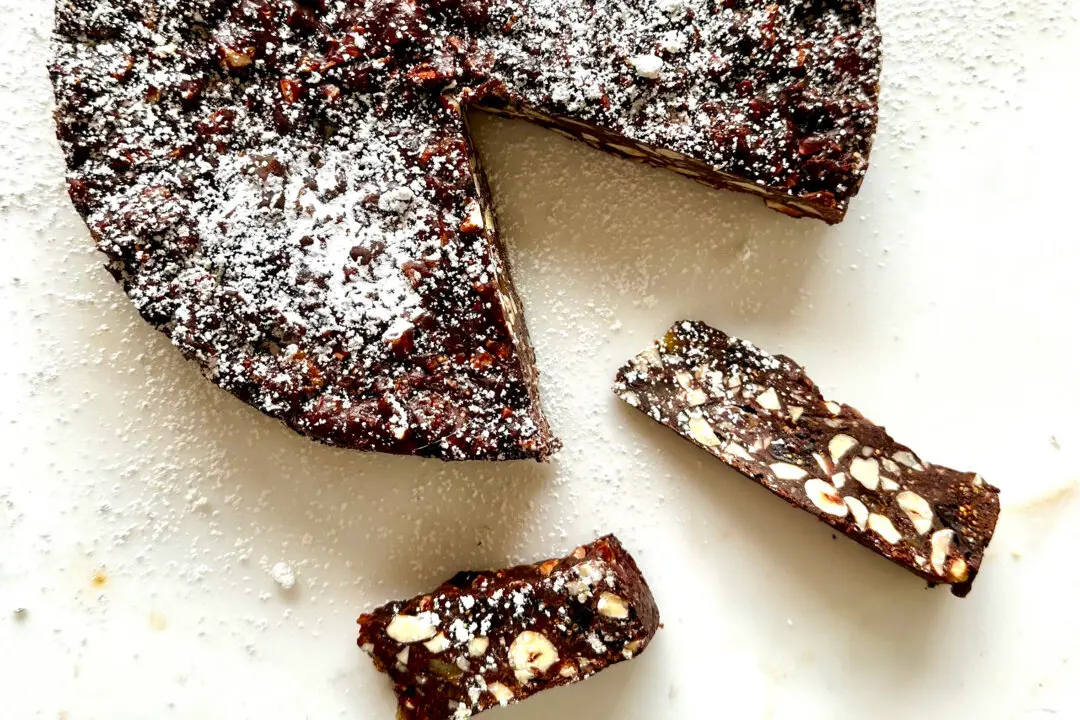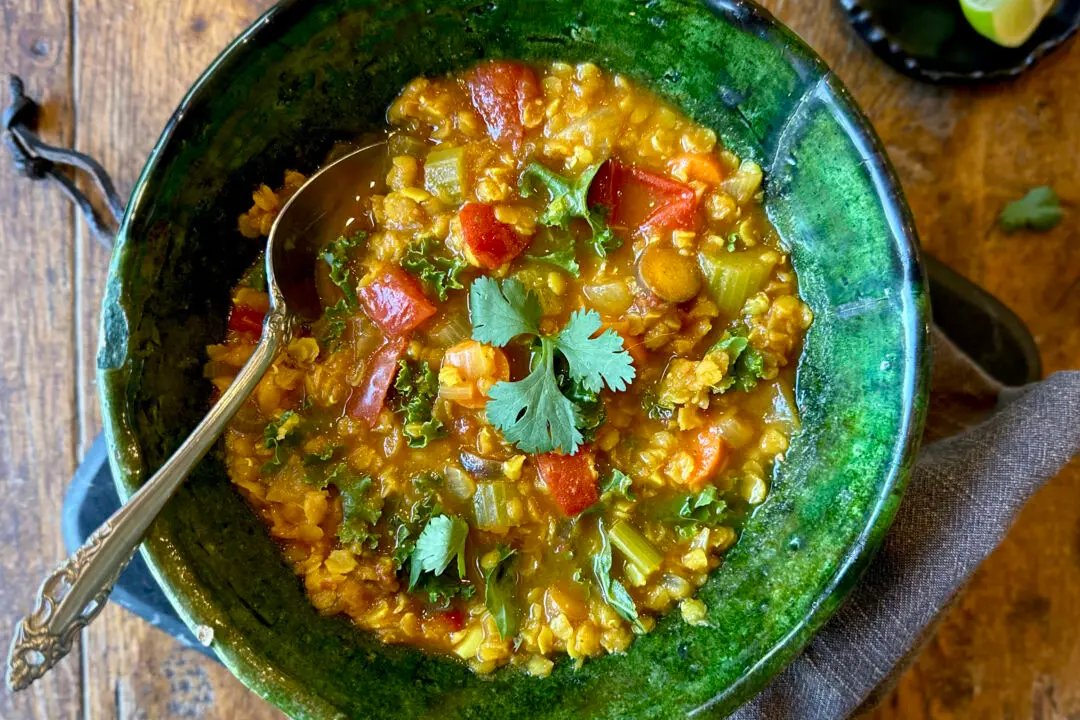If you’re looking for a condiment that multitasks and tastes stand-alone delicious, then look no further than harissa. Harissa is a smoky red pepper sauce traditionally used in North African cuisine. You may know it as a fiery one-note paste sold in a tube, or as a jarred red sauce with a salsa consistency.
Essentially, harissa is a paste or puree of red peppers and chiles combined with other ingredients, such as garlic, citrus, and spices. Its nuances, heat, and flavor will vary from cook to cook, influenced by the choice of peppers and aromatics.





